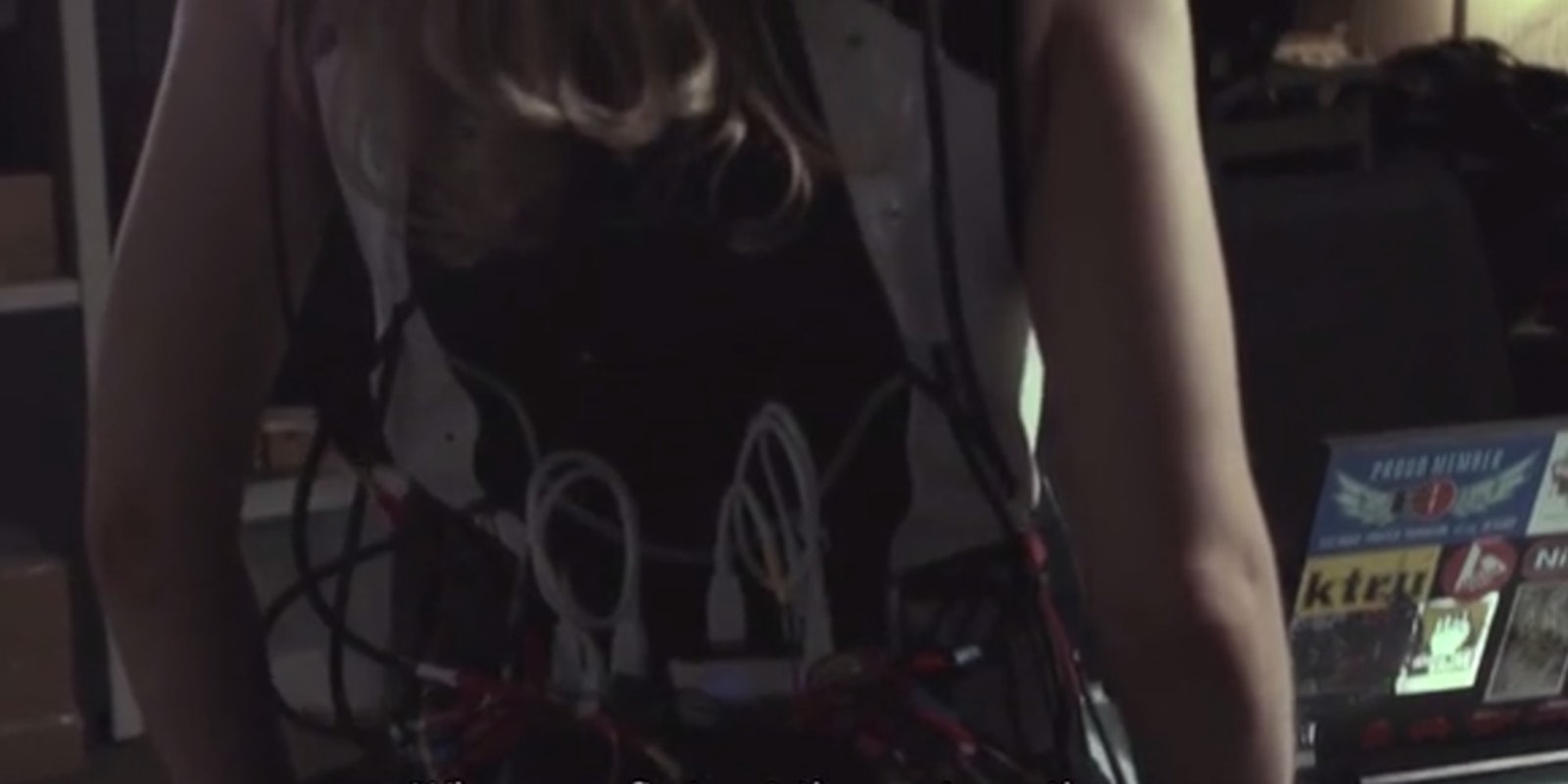Some wearables track your fitness progress; others, whether you have any incoming calls or text messages. One wearable in development, however, wouldn’t just screen your calls or help you lose a few pounds: It would literally restore your entire sense of sound.
That’s the guiding principle behind the VEST (Versatile Extra-Sensory Transducer), a wearable device fundraising on Kickstarter that uses vibrations to communicate sound to people who are hard of hearing. It’s ambitious, but the VEST wants to help deaf people hear again.
The VEST is the brainchild of Dr. David Eagleman, a neuroscientist at the Baylor College of Medicine in Houston, Texas. He designed the device based on the principles of sensory substitution, the theory that scientists can transmit data gathered by the brain using one sense, and transfer it to another sense. In this case, the VEST translates touch into sound. (There are similar devices for blind people, which use auditory or tactile stimulation to help them “see” colors and shapes.)
How does it do this, exactly? The VEST connects to a smartphone app that picks up on sound signals. The app then sends the signals to the VEST via Bluetooth. From there, the VEST performs “sound-to-touch mapping” by translating the sound into a series of vibrations, which the wearer can interpret.
In theory, the VEST is not that different from a cochlear implant, which also works by translating sounds into vibrations. However, Eagleman says that cochlear implants cost about 20 times as much as the VEST would on the market (about $2000, according to his Kickstarter page). Additionally, cochlear implantation requires invasive surgery, which the VEST does not.
That having been said, creating a device that essentially restores people’s sense of sound is no small task. “This sensory substitution project will be the highest throughput example of sensory substitution to date,” graduate student Scott Novich says in the video. “We’re really pushing the limits in terms of how much information we can send through the human body.”
But if successful, the VEST wouldn’t just help deaf people hear again—it would revolutionize our understanding of how the brain processes sensory information, to the point where Eagleman says we could one day be able to process other types of information, like tweets and stock tips, via vibrations transmitted by a VEST-like device. And you thought your FitBit was the height of wearable technology.
H/T Trusted Reviews | Screengrab via David Eagleman/Kickstarter


